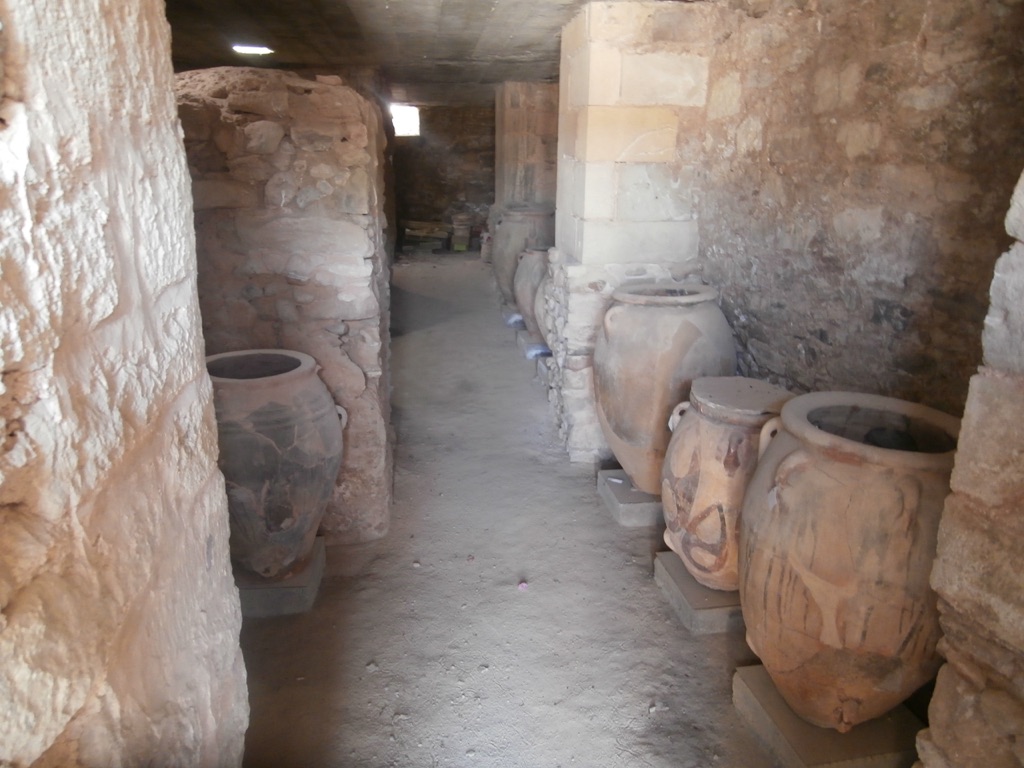Ancient Phaistos, located on the island of Crete, is a significant archaeological site that was once a flourishing Minoan city. It’s renowned for its palace, which is a classic example of Minoan architecture. The site provides valuable insights into the Minoan civilization, which was one of the earliest in Europe. The discovery of the Phaistos Disc, a clay disc inscribed with a mysterious code, has intrigued scholars and visitors alike. This ancient city, with its rich history and enigmatic artifacts, continues to be a focal point for archaeological study and cultural fascination.
Get your dose of History via Email
Historical Background of Ancient Phaistos
The discovery of Ancient Phaistos dates back to the early 20th century. Italian archaeologist Federico Halbherr and his team unearthed the site in 1900. They found a palace complex that historians believe the Minoans built. This civilization thrived from around 2000 to 1450 BC. The site of Phaistos was a hub of political and economic activity during its heyday. It later became a place of Greek worship after the Minoan civilization declined.
Phaistos’ strategic location in the fertile Mesara plain made it an ideal settlement. The Minoans constructed the palace, which became the city’s center. Over time, the site experienced destruction and rebuilding, often linked to seismic activity in the region. Despite these challenges, Phaistos remained inhabited until the Hellenistic period.
The palace of Phaistos is a testament to the advanced architectural skills of the Minoans. It featured a central courtyard, storerooms, and residential quarters. The layout was complex and innovative for its time. The site also includes remains of a theater, which suggests a rich cultural life.
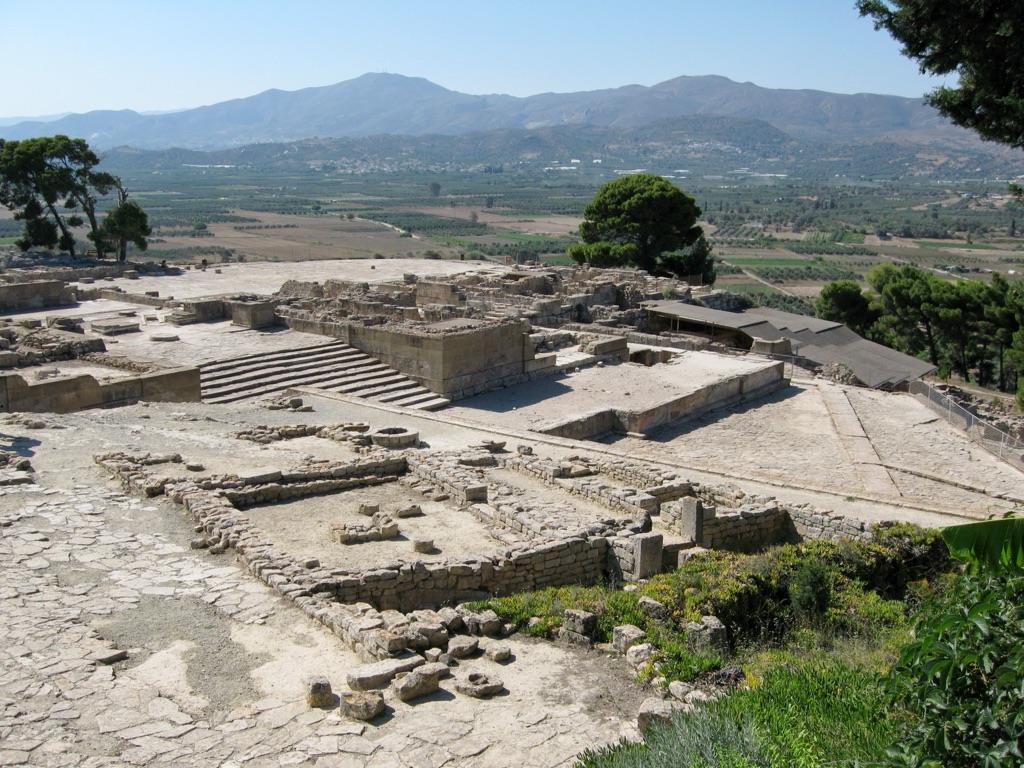
Phaistos played a significant role in the Minoan civilization. It was a center for trade, art, and religion. The city’s influence extended across the island of Crete and beyond. The Phaistos Disc, discovered in the palace, remains one of the most famous artifacts from the site. Its purpose and meaning are still subjects of debate among historians.
After the Minoan civilization’s decline, the Mycenaeans took over the site. They left their mark on the city’s architecture and artifacts. Later, the Greeks used the site for religious purposes, dedicating it to the goddess Rhea. Phaistos’ long history of occupation makes it a rich source of information about the ancient world.
About Ancient Phaistos
The palace of Phaistos, the central feature of the site, showcases the Minoans’ architectural prowess. It was a multi-story building with a complex layout. The palace included various rooms for different functions, such as workshops, storerooms, and living quarters. The Minoans used ashlar masonry, a testament to their skill in working with stone.
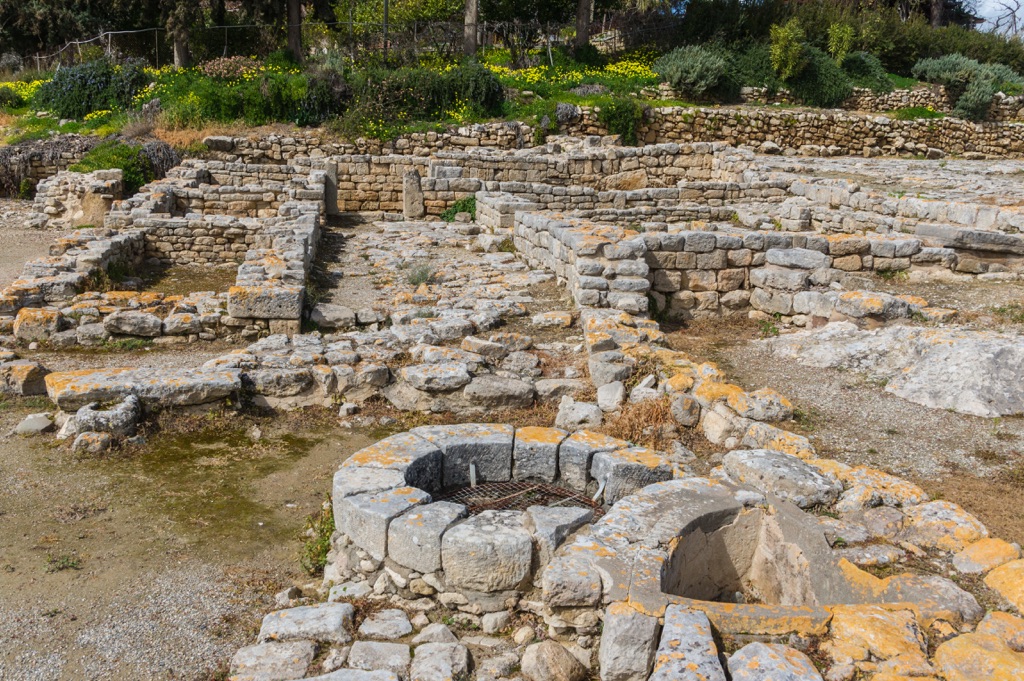
One of the architectural highlights of Phaistos is the grand staircase. It led to the palace’s upper levels, indicating the structure’s sophistication. The central courtyard was another focal point, serving as a gathering place for the community. The Minoans decorated the palace with frescoes, some of which still survive today.
The materials used in the construction of Phaistos included limestone and gypsum. The Minoans sourced these locally, showing their resourcefulness. They also employed advanced techniques, such as columnar construction, to support the palace’s upper levels.
The site of Phaistos also includes remnants of a theater. This structure suggests that the Minoans valued entertainment and communal gatherings. The theater’s design was ahead of its time, with tiered seating and a clear view of the stage area.
Overall, the construction methods and materials used at Phaistos reflect the Minoans’ advanced understanding of architecture. The palace’s design was both functional and aesthetically pleasing. It stood as a symbol of the city’s wealth and cultural significance.
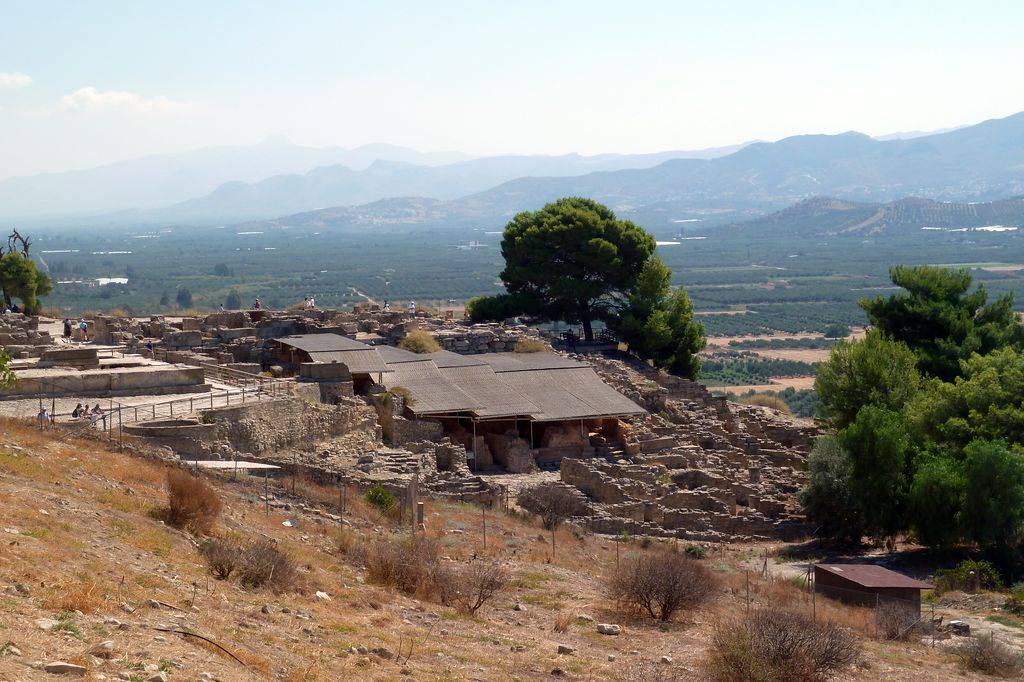
Theories and Interpretations
The Phaistos Disc is one of the most enigmatic artifacts from the site. It features a unique code that has yet to be deciphered. Scholars have proposed various theories about its purpose, ranging from a religious text to an ancient game.
The use of the palace at Phaistos is also a subject of debate. Some historians believe it served as a royal residence, while others suggest it was a ceremonial center. The presence of storerooms indicates it may have been a distribution center for goods.
The layout of Phaistos has led to interpretations about the Minoans’ social structure. The complex design of the palace suggests a highly organized society. It may have had a hierarchical system, with the elite living close to the central courtyard.
Archaeologists have used various methods to date the site of Phaistos. These include stratigraphy and radiocarbon dating. The results have helped to place Phaistos within the broader timeline of the Minoan civilization.
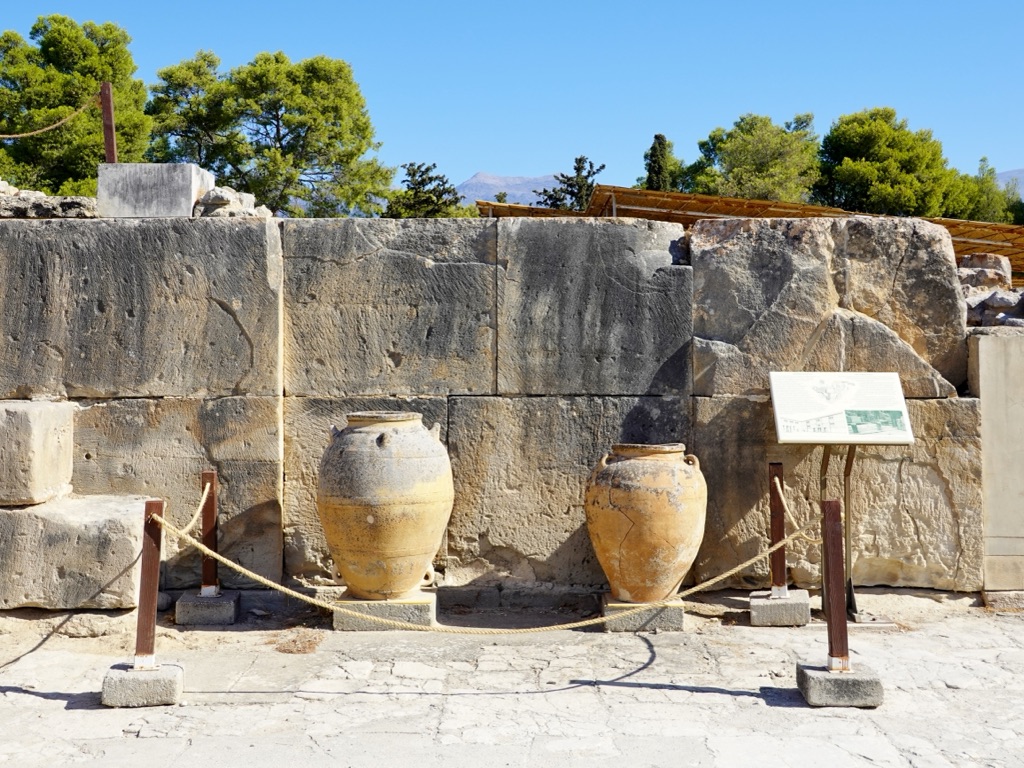
Theories about Phaistos continue to evolve as new discoveries are made. The site’s artifacts and structures provide a window into the Minoan world. However, many aspects of Phaistos remain shrouded in mystery, fueling ongoing research and interest.
At a glance
- Country: Greece
- Civilization: Minoan
- Age: Approximately 4000 years old (2000 to 1450 BC)
Conclusion and Sources
- Wikipedia – https://en.wikipedia.org/wiki/Phaistos

